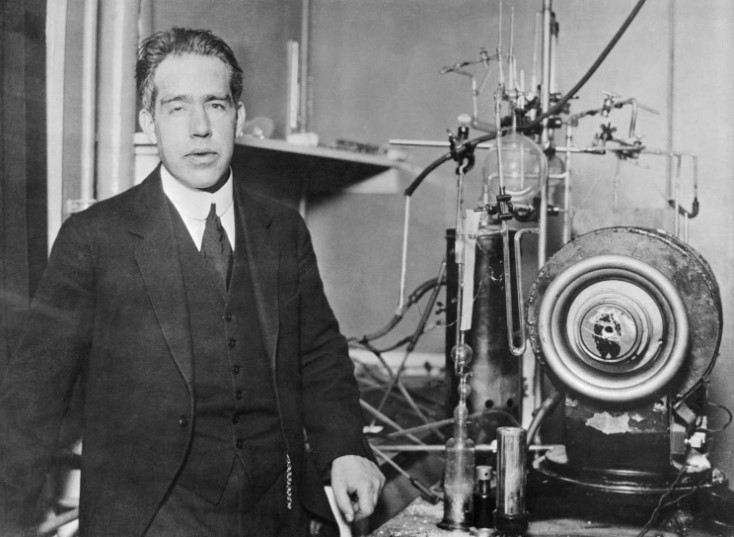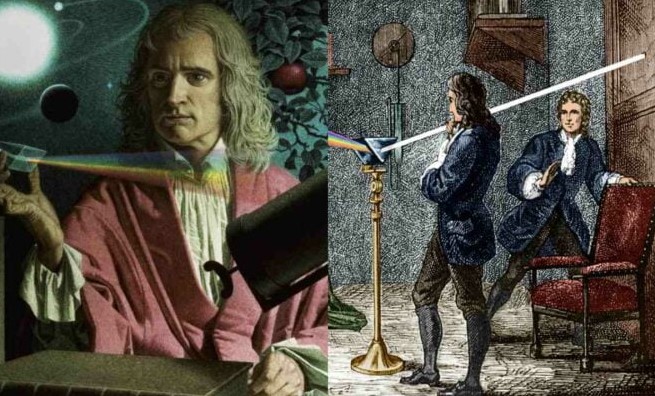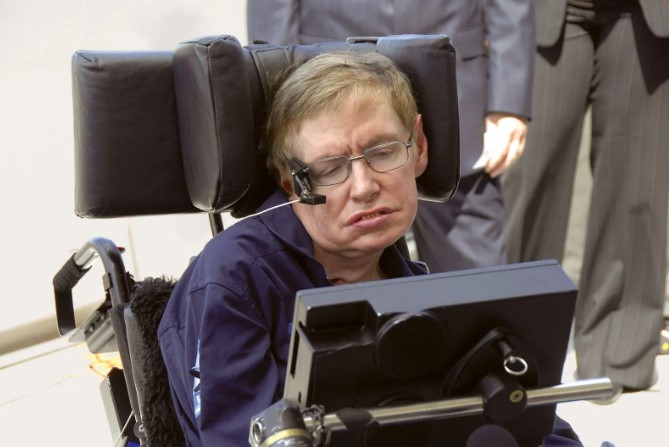
Niels Bohr: The Quantum Pioneer
Early Life and Education
Niels Bohr, a Danish physicist, is celebrated for his monumental contributions to understanding atomic structure and quantum mechanics. Born on October 7, 1885, in Copenhagen, Denmark, Bohr was immersed in an intellectually stimulating environment from an early age. His father, Christian Bohr, was a professor of physiology, and his mother, Ellen Adler Bohr, came from a well-known banking family. This unique combination of scientific and financial acumen influenced Bohr’s systematic and analytical approach to problem-solving.
Bohr’s education commenced at the prestigious Gammelholm Latin School, followed by enrollment at the University of Copenhagen in 1903. He initially pursued philosophy and mathematics, but his fascination with physics soon became apparent. By 1911, Bohr had earned his doctorate in physics, with a dissertation focused on the electron theory of metals.
Contributions to Atomic Structure
The Bohr Model
One of Bohr’s most significant achievements was the development of the Bohr Model of the Atom in 1913. This model revolutionized our understanding of atomic structure by introducing the concept of quantized energy levels. Bohr proposed that electrons orbit the nucleus in specific, quantized orbits, and that they could jump between these orbits by absorbing or emitting discrete packets of energy, known as quanta.
The Bohr Model provided an explanation for the Rydberg formula for the spectral emission lines of hydrogen. This model marked a significant departure from classical physics, which could not account for the stability of atoms. Bohr’s innovative approach laid the groundwork for modern quantum mechanics, profoundly influencing future research in atomic physics.
Complementarity Principle
Bohr introduced the principle of complementarity, a cornerstone of quantum mechanics. This principle asserts that objects can have dual properties, displaying either particle-like or wave-like behavior depending on the experimental setup. This duality is fundamental to understanding phenomena at the quantum level, where classical intuitions about physical reality break down.
The principle of complementarity was particularly influential in the development of the Copenhagen Interpretation of quantum mechanics, which Bohr co-developed with Werner Heisenberg. This interpretation posits that quantum particles do not have definite properties until they are measured, emphasizing the role of the observer in the quantum world.
Contributions to Quantum Mechanics
Bohr’s Correspondence Principle
Bohr’s correspondence principle is another pivotal contribution to quantum mechanics. This principle states that the behavior of quantum systems must correspond to classical physics in the limit of large quantum numbers. Essentially, this principle ensures that quantum mechanics aligns with classical mechanics in macroscopic systems, providing a bridge between the two realms.
Collaboration and Influence
Bohr’s work was not conducted in isolation; he was a central figure in the quantum mechanics community. His institute in Copenhagen became a hub for physicists from around the world, fostering collaboration and the exchange of ideas. Prominent physicists such as Werner Heisenberg, Wolfgang Pauli, and Max Born were frequent visitors, contributing to the rich intellectual environment that Bohr cultivated.
The Manhattan Project and Later Years
Role in the Manhattan Project
During World War II, Bohr’s expertise was sought for the Manhattan Project, the Allied effort to develop atomic weapons. In 1943, Bohr fled Nazi-occupied Denmark for the United States, where he contributed to the development of nuclear fission technology. His involvement was instrumental in the project’s success, although he later advocated for the peaceful use of nuclear energy and international cooperation in nuclear policy.
Post-War Contributions
After the war, Bohr returned to Denmark and continued his work in both physics and philosophy. He remained a vocal advocate for the peaceful application of nuclear energy and played a key role in the establishment of CERN, the European Organization for Nuclear Research. Bohr’s legacy in the post-war period includes his efforts to promote scientific collaboration across national boundaries, reflecting his belief in the unity of science and humanity.
Awards and Honors
Bohr’s contributions to science were widely recognized during his lifetime. In 1922, he was awarded the Nobel Prize in Physics for his work on the structure of atoms and the radiation they emit. His pioneering research earned him numerous other accolades, including the Hughes Medal, the Copley Medal, and the Atoms for Peace Award. These honors underscore the profound impact of his work on the scientific community and the world at large.
Legacy and Impact
Scientific Contributions
Bohr’s legacy is deeply embedded in the foundations of modern physics. His theoretical insights paved the way for future developments in quantum mechanics, influencing generations of physicists. The Bohr Model, although refined and expanded by subsequent research, remains a critical step in the evolution of atomic theory.
Philosophical Influence
Beyond his scientific achievements, Bohr’s philosophical contributions continue to resonate. The principle of complementarity and the Copenhagen Interpretation challenge our understanding of reality, prompting ongoing discussions in both scientific and philosophical circles. Bohr’s work exemplifies the interplay between empirical research and theoretical speculation, highlighting the complex nature of scientific inquiry.
Educational and Institutional Contributions
Bohr’s dedication to education and collaboration is evident in his role in founding the Niels Bohr Institute at the University of Copenhagen. This institute remains a leading center for research in theoretical physics, continuing Bohr’s tradition of fostering innovative research and international cooperation. His efforts in establishing institutions like CERN reflect his commitment to advancing science through collective endeavor.
Conclusion
Niels Bohr’s contributions to physics and quantum mechanics are monumental. His innovative ideas on atomic structure, quantum theory, and the nature of reality have left an indelible mark on science. As we continue to explore the depths of quantum mechanics and atomic theory, Bohr’s legacy serves as a guiding beacon, reminding us of the power of human curiosity and the relentless pursuit of knowledge.


